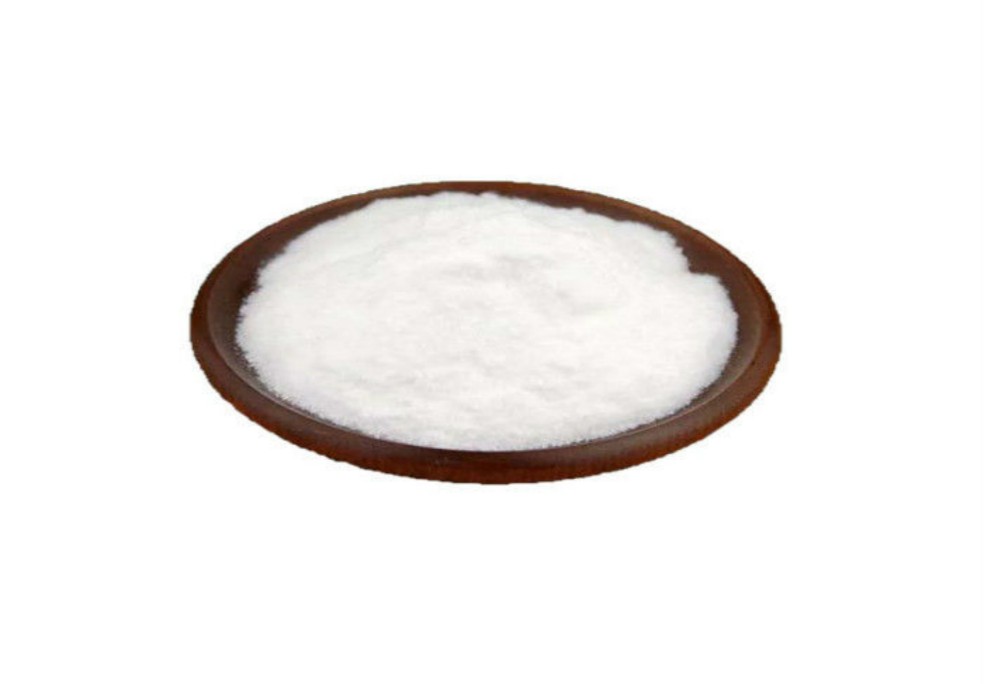Product Name:Dehydroepiandrosterone Sulfate
Other Name:DHEA Sulfate / DHEA-S / Androstenolone Sulfate / Prasterone Sulfate / Androst-5-en-3β-ol-17-one 3β-sulfate
CAS:651-48-9
MF:C19H28O5S
MW:368.49
MP:190-192 °C
Dehydroepiandrosterone sulfate, abbreviated as DHEA sulfate or DHEA-S, also known as androstenolone sulfate, is an endogenous androstane steroid that is produced by the adrenal cortex.It is the 3β-sulfate ester and a metabolite of dehydroepiandrosterone (DHEA) and circulates in far greater relative concentrations than DHEA.The steroid is hormonally inert and is instead an important neurosteroid and neurotrophin.
Neurosteroid activity
Similarly to other conjugated steroids, DHEA-S is devoid of hormonal activity, lacking affinity for the steroid hormone receptors.However, DHEA-S retains activity as a neurosteroid and neurotrophin.It has been found to act as a positive allosteric modulator of the NMDA receptor (50 nM–1 μM), negative allosteric modulator of the GABAA and glycine receptors, and weak agonist of the sigma-1 receptor (Kd > 50 μM).In addition, DHEA-S has been found to directly bind to and activate the TrkA and p75NTR – receptors of neurotrophins like nerve growth factor (NGF) and brain-derived neurotrophic factor (BDNF) – with high affinity (around 5 nM).
Hormonal activity
Although DHEA-S itself is hormonally inert, it has been thought that it can be converted back into DHEA,which is weakly androgenic and estrogenic, and that DHEA in turn can be transformed into more potent androgens like testosterone and dihydrotestosterone (DHT) as well as estrogens like estradiol.As such, it has been thought that DHEA-S is a prohormone with the potential for androgenic and estrogenic effects.However, a 2005 study found that DHEA could be converted into DHEA-S but found no evidence of conversion of DHEA-S into DHEA.
Other activity
DHEA-S has also been found to inhibit the TRPV1 and TRPC5 transient receptor potential channels and to inhibit the P2X receptor.






















